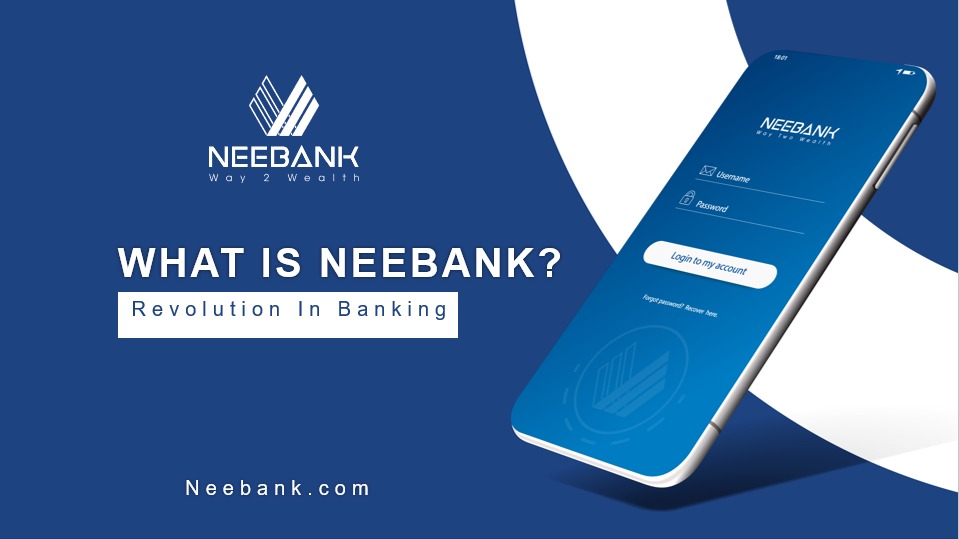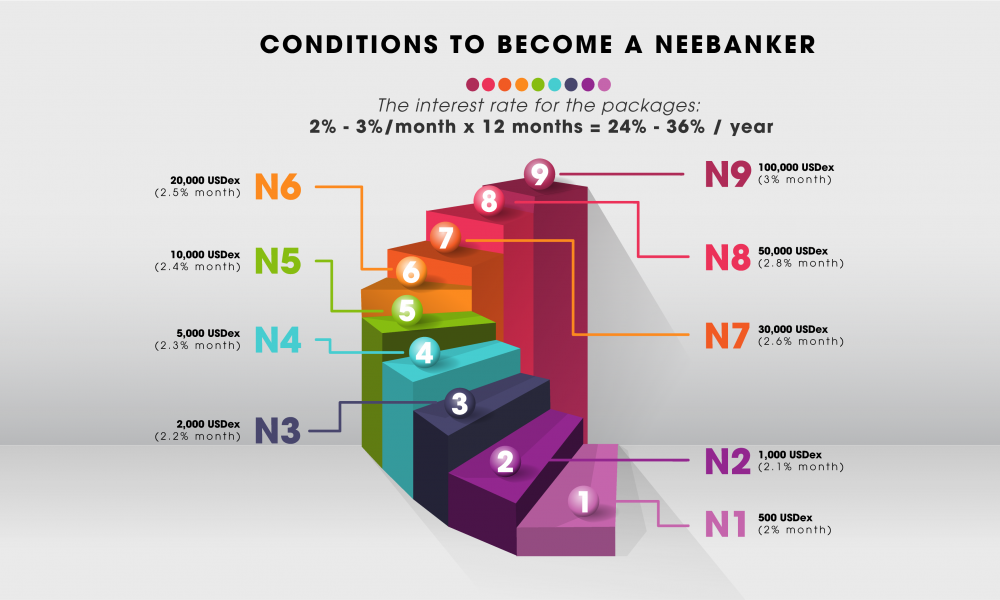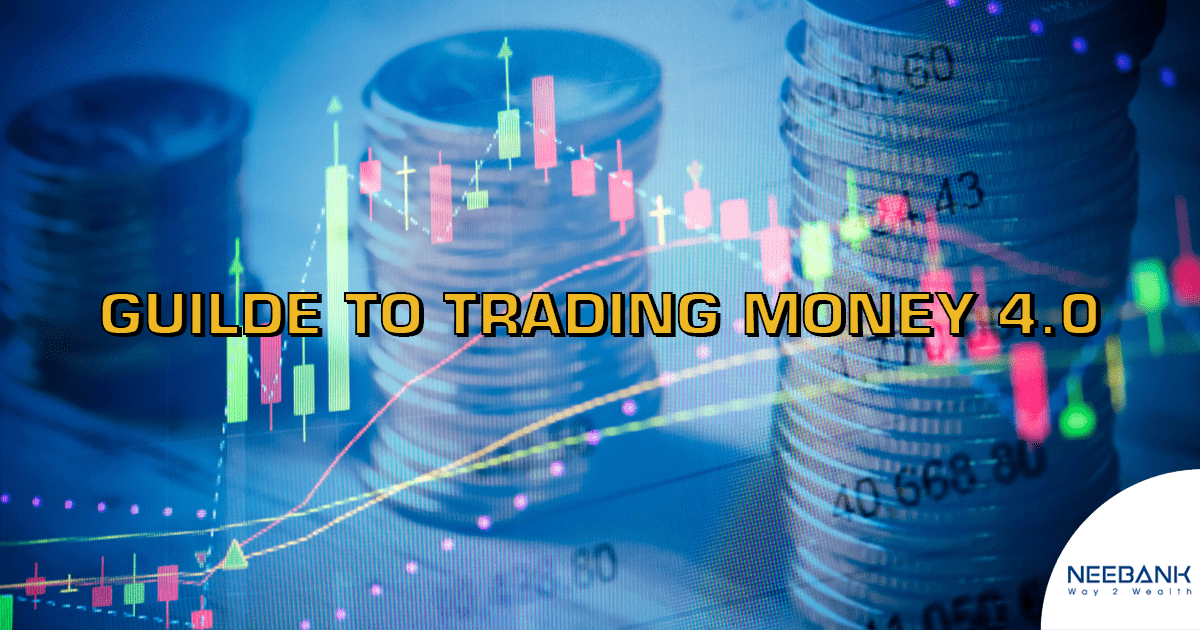
A Beginner’s Guide to Trading Money 4.0 (part 1)
A complete introduction to trading Money 4.0.
With a 24-hour average trading volume of around $50 billion this year and regularly surpassing the $100 billion mark, the Money 4.0 market has grown significantly since its early years. Today, Money 4.0 market participants are comprised of a mix of retail and institutional investors with a wide variety of digital assets – led by Bitcoin, considered to be one. alternative investment.
If you are new to the Money 4.0 market, this guide will introduce you to the basics of Money 4.0 trading, making you feel more confident.
Table of contents
Buy low, sell high
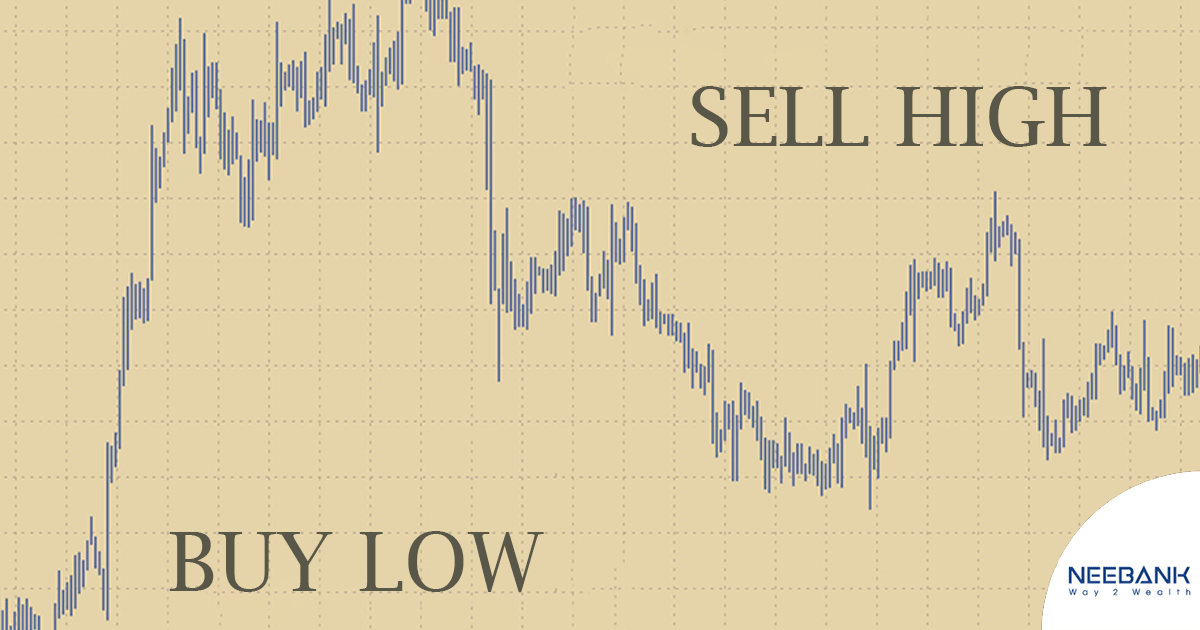
At its core, trading involves buying and selling an asset for a profit. Although today’s trading involves different, relatively complex instruments (futures, options, swaps, etc.) and strategies (hedging, short, long, price spread, etc.), the basic principle of buying low and selling high remains relevant throughout.
The main goal of traders is to buy an asset at a certain price and sell it later at a higher price (in a long trade), pocketing the difference as a profit. The order of the trade can change – as is the case with a short trade, in which the trader tries to sell high first and buy low later – but the goals are the same.
In theory, this may sound like a simple concept, but in practice, it involves evaluating the market of the asset, and whether it is undervalued or overvalued at any time. After all, you can only sell a property for a higher price if someone else believes it is worth it and is willing to pay for it.
Realized and unrealized profit and loss

Entering a trade, whether you buy or sell, is also known as taking a position and it can be very interesting to see your position profitable as the market moves in your favor. However, any gains you see against your position are unrealized (also known as paper returns) until you actually exit the position. Exiting a position means selling the asset you are holding (for a long trade) or buying it back (for a short trade).
Example: If you bought 1 BTC for $ 5,000 in March 2020 in anticipation of a future price increase, then you have achieved long-term performance. If you’re still holding that coin, currently worth around $ 50,000, you have an unrealized profit of $ 45,000 (i.e. $ 50,000 – $ 5,000).
However, if the price of Bitcoin drops to $ 30,000 in the next hour, your potential profits will also drop to $ 25,000. This example demonstrates that your actual profit will only be made when you sell the coin and exit your long position. Until then, you can only look at potential or unrealized benefits.
Likewise, unfavorable price movements leading to a “paper loss” are also only exercised when you exit the position. In both cases, as an investor, it is important to note the distinction between unrealized and realized profit and loss, or reporting on business results (P&L). Gains and losses are only real when they are realized.
Trade or invest
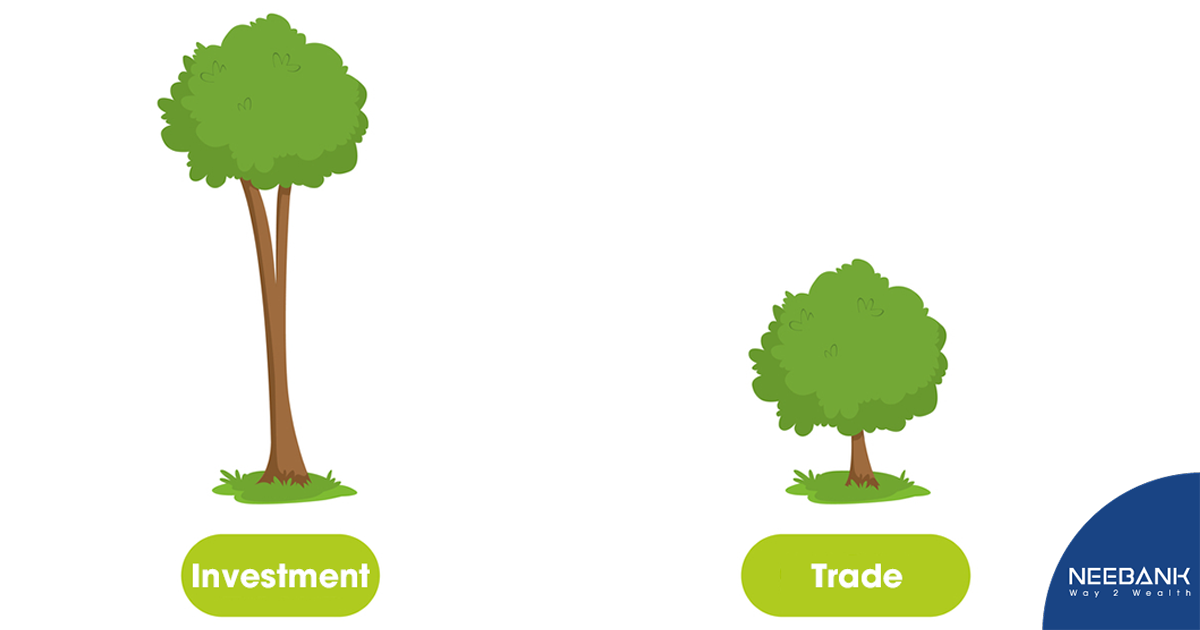
Trading and investing are two different activities, even if their goals are slightly similar. Both investors and traders are looking for profits, but their mindsets, strategies and commitments differ widely.
When you invest in an asset, such as NEE, you are basically buying the idea and even the culture behind it. You can commit to holding your position (hodl) your NEE for years, if not decades. Conversely, when you are merely trading NEE, you have no such commitment and are only concerned with the short-term market price and the events that fuel it.
While there is no set timeframe to differentiate trading from investment, traders are often more aggressive than target-specific, shorter timeframes. Example: Traders who trade during the day, keep their positions for hours during the day, but extenders (a small group of intraday traders) can enter and exit positions for a few minutes, if not. a few seconds.
The choice between trading and investing depends on your personal financial goals and an assessment of the price, value and outlook of the asset you choose, both short and long term.
Understand Money 4.0 Market

While trading does not strictly require a market, having a market is of considerable benefit. In theory, you could trade anything by buying directly from the seller and selling it to someone else (say from your neighbor and then letting someone you know), but this case cannot be opened. wide.
Markets like the Money 4.0 exchange have many advantages, but perhaps fundamentally the ability to provide liquidity, which means traders can quickly complete simultaneous transactions in minutes without looking. earning or waiting for buyers and sellers. Market liquidity is the term for how easily and quickly you can buy or sell an asset according to the available market orders, without your trade has a strong effect on the asset’s market price. real.
In general, a liquid asset is an asset that many people are interested in when trading, meaning that the trading volume for that asset is high and the price of the asset does not change significantly between transactions. Markets like exchanges aggregate the need for a given asset in one centralized place so that buyers and sellers can more easily and quickly match orders.
Due to the need for liquidity, reliable price indices, safe transactions and other features, nearly all Money 4.0 transactions today are conducted on specialized exchanges or through exchanges. specialized broker.
For example, with dedicated exchanges, you can buy or sell BTC and a variety of other supported Money 4.0 almost instantly, 24 hours a day, seven days a week, for a fee. very small per transaction.
Read for part 2 next week.
 Why Should Businesses Accept Money 4.0 Now?
Why Should Businesses Accept Money 4.0 Now?

